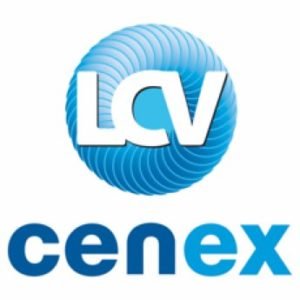Going into the conference, PTR’s aim was to find answers to some burning questions regarding electric vehicle charging infrastructure. Is Vehicle-to-Grid able to make a considerable impact on the business models? What could be the role Distribution Network Operators (DNOs) in the whole e-mobility ecosystem? Finally, does UK’s market differ from its neighboring markets which are increasing at a similar pace? Discussions with the stakeholders at the conference not only proved to be extremely beneficial to investigate the key questions, but also became a catalyst to initiate some topics beyond that such as impact on the power electronics industry. Here are some key trends which PTR was able to extract from the discussions at the conference.
Even though the conference section did include some talks encompassing the V2G aspect of electric mobility, it seems as if the V2G concept is unable to make its way out of the R&D labs. There have been a handful of pilot projects implemented in UK and other European markets which resulted in a few press releases stuffed with success stories. However, when it comes to large-scale implimentation of the idea, there is no tangible movement from any stakeholders including the OEMs and most importantly charging solution providers. Understandably, DNOs appear to be much more involved than other stakeholders in e-mobility industry. For example, the V2G trials project between Western Power Distribution and Nissan is aimed at rapid rollout of V2G technology. ‘Smart Charging’ on the other hand, has received serious attention in terms of implementation and legislation.
A lot of advancements in the recent past show that EV charging industry is moving towards providing fast charging experience to the EV users. Joint ventures between Electric Vehicle Supply Equipment (EVSE) and automotive OEMs in markets like Germany have plans to install ultra-fast charging stations all across Europe. However, PTR believes that UK’s market will evolve a bit differently as the focus at the moment is to strengthen the slow charging infrastructure with capability of ‘smart connectivity’ with grid infrastructure. This provides a level playing field to almost all the charging solution providers who do not have the capability to manufacture high capacity (>150 kW) charging infrastructure. From end user’s perspective, having interoperability will be a crucial factor which potentially enables users to utilize charging infrastructure form multiple solution provider.
Another key trend PTR keeps an eye on is the impact on components industries. In case of EVSE, power semiconductors and new technologies such as Silicon Carbide (SiC) has been PTR’s focus. Even though DC fast charging is a key trend at the moment, however PTR does not expect a step-function increase in SiC based charging solution as the technology still faces hurdles in terms of SiC module packaging and higher cost of the systems. SiC market is expected to gain more pull from EVSE industry when the charging systems based on SiC are able to exhibit better cost-benefit effectiveness as compared to the ones using Si based IGBTs. At the moment, a very few semiconductor suppliers are able to provide SiC modules to EVSE OEMs, however some new market entrants (with a strong base in traditional Si based solutions) are eyeing to gain some market share in EVSE industry as well.
About LCV CENEX:
Cenex-LCV is the UK’s premier low carbon vehicle event incorporating four keys features:
– Technology exhibition split over four halls
– Extensive seminar programme
– Facilitated networking with the low carbon community
– Ride & drive of the latest research & development and commercially available vehicles
